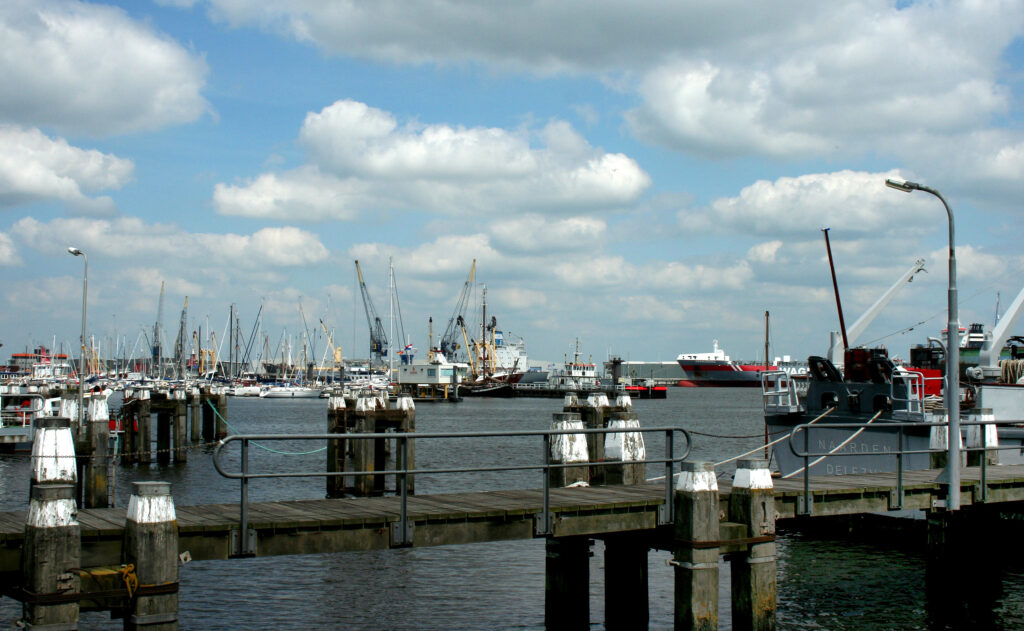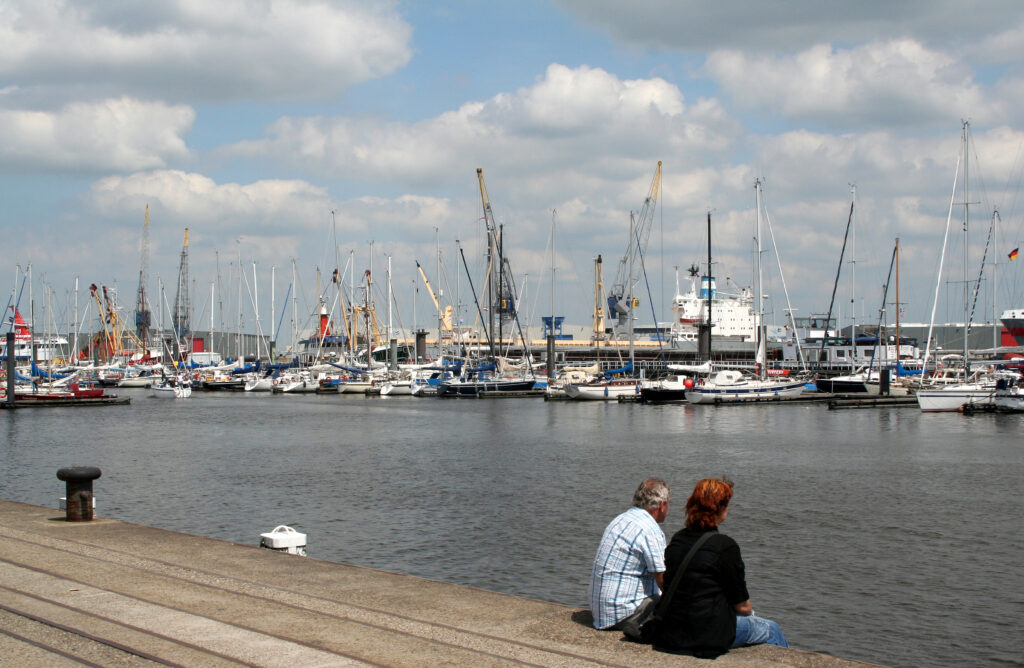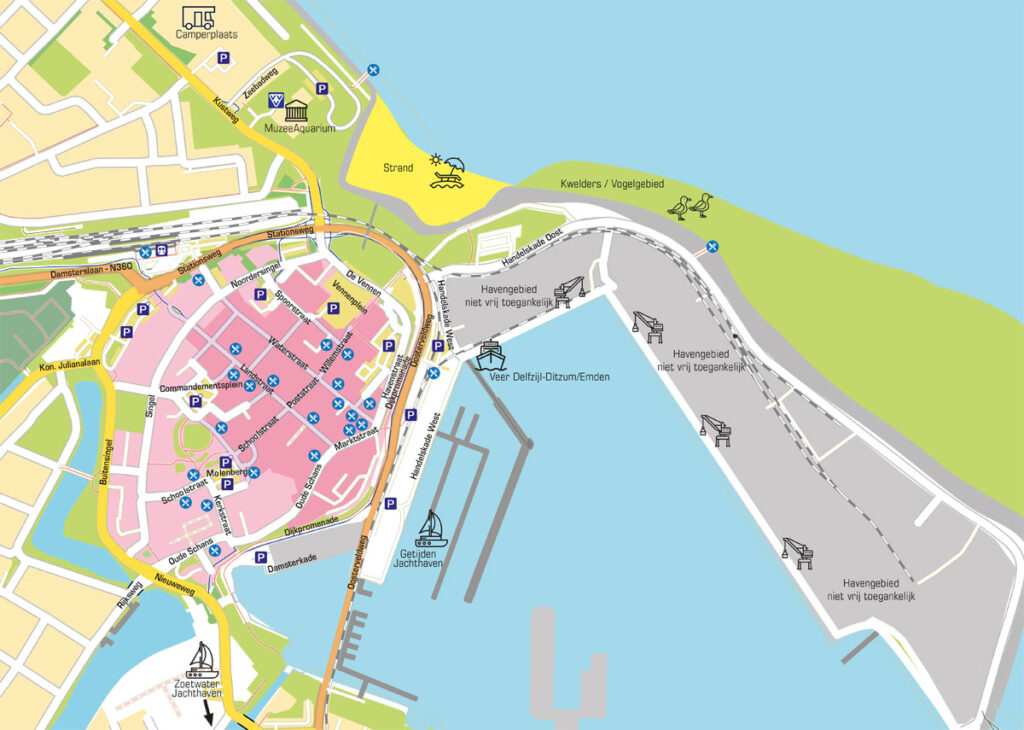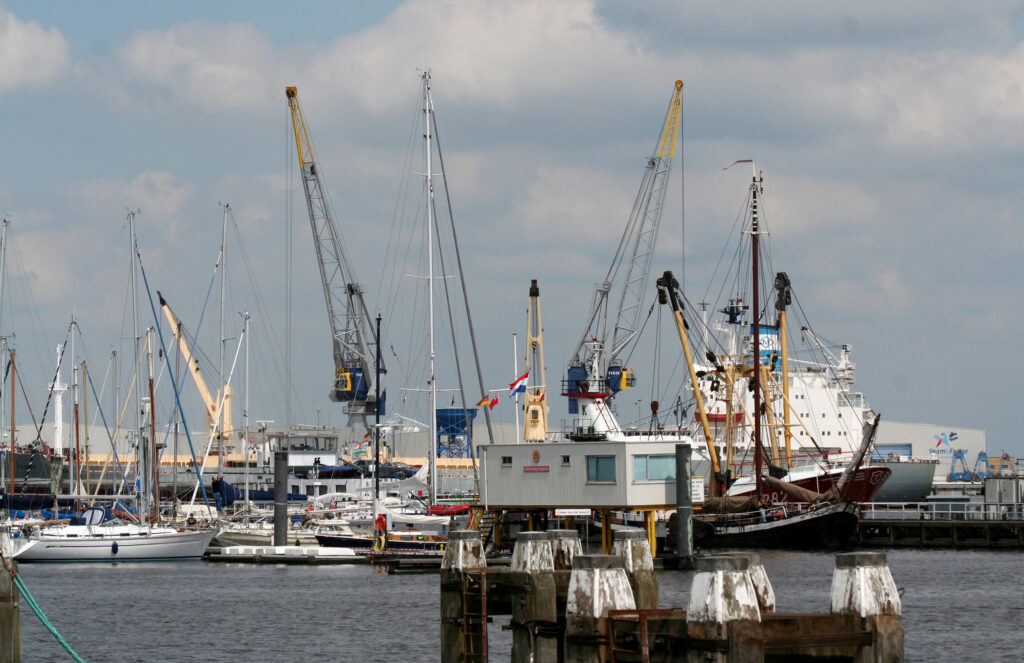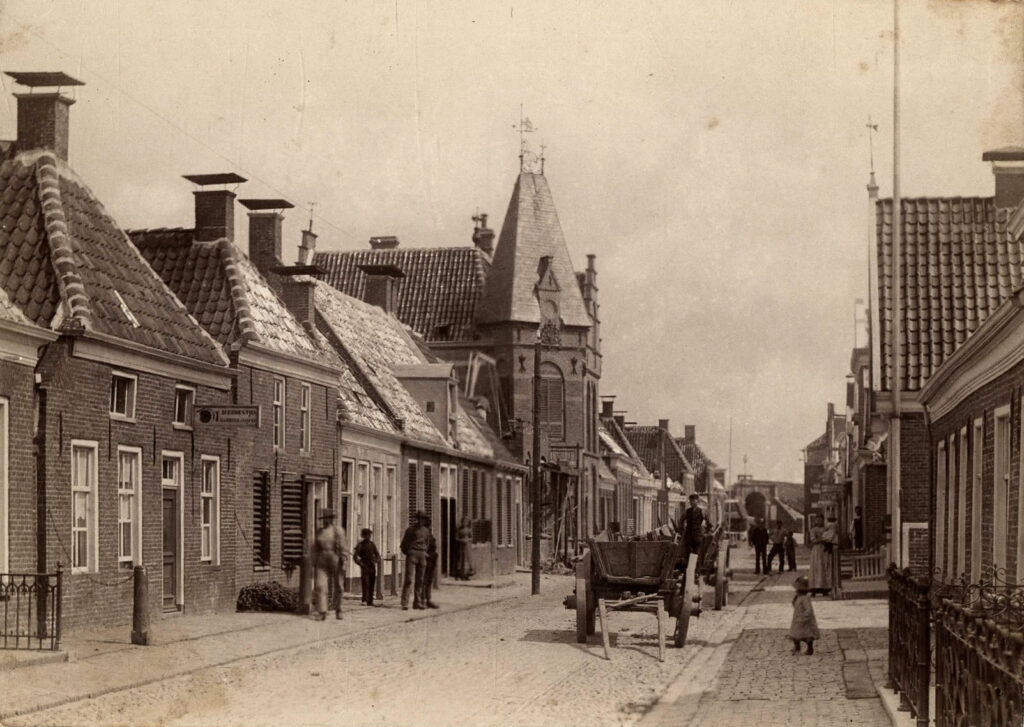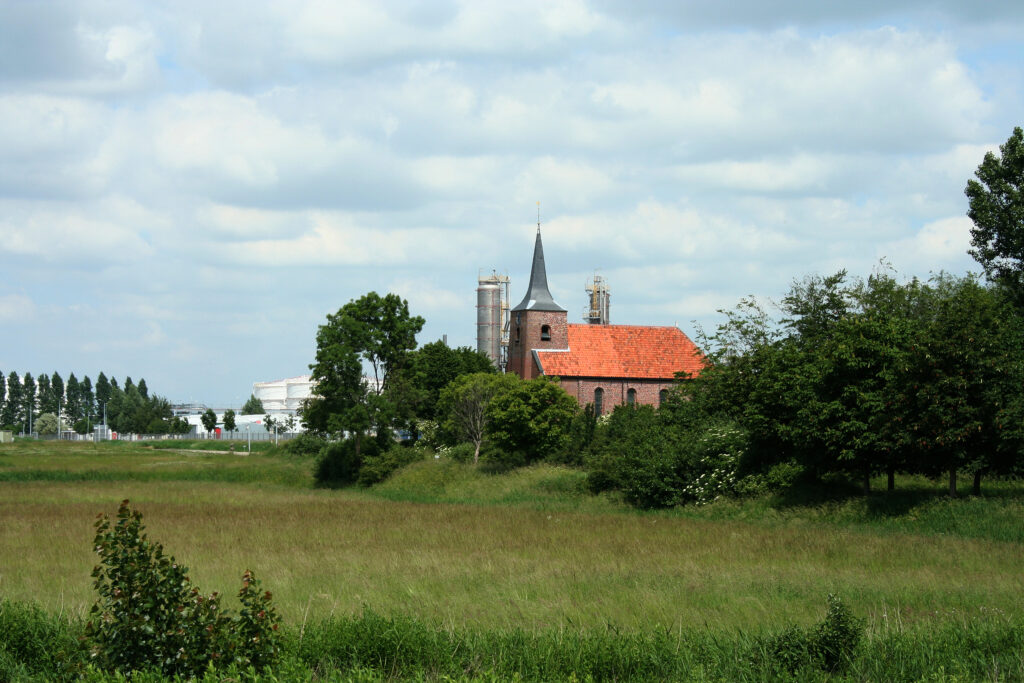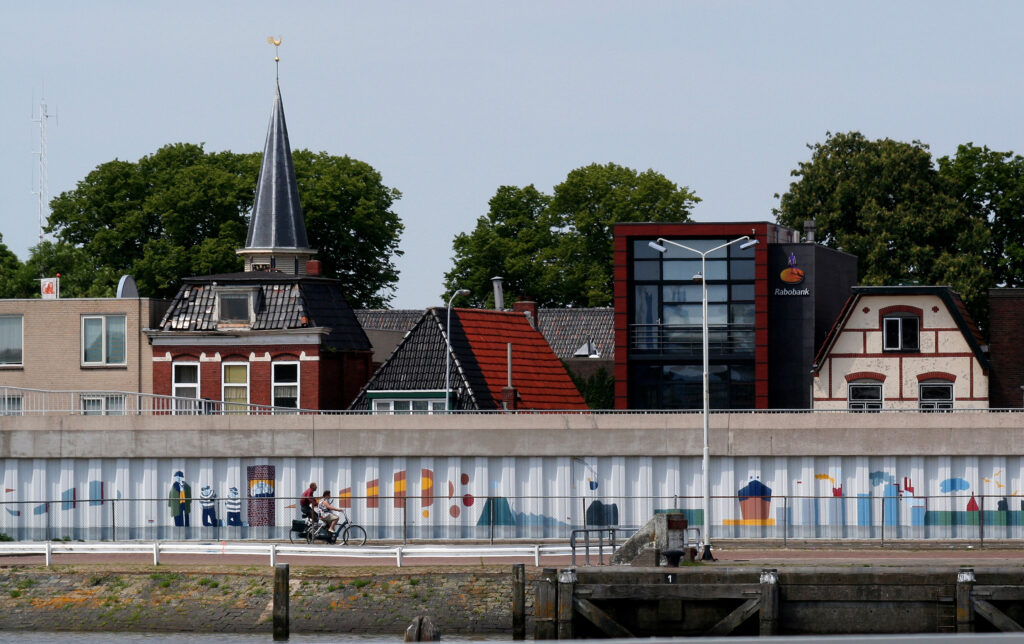delfzijl
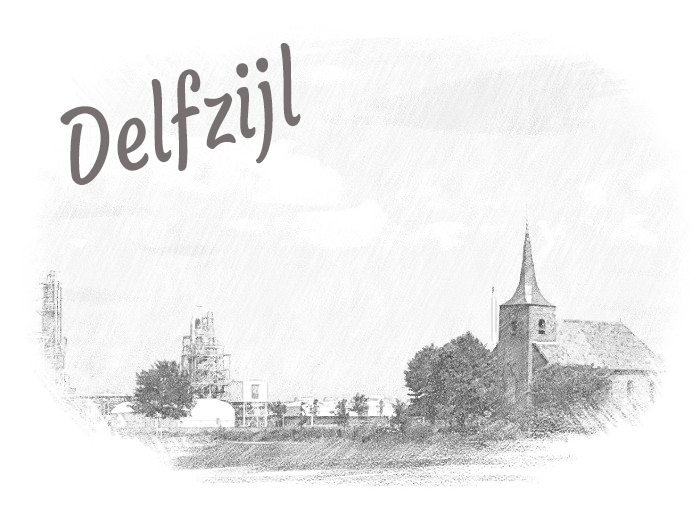
Delfzijl provides an authentic Dutch experience
Delfzijl may not be a household name, but it is a hidden gem waiting to be discovered. With its rich history, picturesque landscapes, and welcoming atmosphere, Delfzijl offers a unique experience for travelers seeking to escape the tourist crowds.
Delfzijl’s history dates back to the Middle Ages, and its historic center is dotted with centuries-old buildings and quaint cobblestone streets. The town’s marina, flanked by charming cafes, is a perfect place to soak in the maritime atmosphere and savor Dutch delicacies.
Nature enthusiasts will find Delfzijl to be a paradise, as it’s surrounded by pristine natural beauty. The Wadden Sea, a UNESCO World Heritage Site, is just a stone’s throw away, offering opportunities for birdwatching, hiking, and exploring tidal mudflats.
Delfzijl’s people are known for their warmth and hospitality. Locals are often more than happy to share stories about their town’s history and culture. A visit to the local museums and galleries will also provide insights into Delfzijl’s fascinating past.
In a world where overtourism is a growing concern, Delfzijl provides an authentic Dutch experience, allowing travelers to immerse themselves in the culture and nature of this hidden gem on the North Sea coast.
The name “Delfzijl” means Zijl (= lock) in the Delf (= the old name of the Damsterdiep). Delfzijl was founded in the thirteenth century when a lock was built in the Delf. Nevertheless, the area where present-day Delfzijl is located had been inhabited for a long time. In 1982 a dolmen was found in the immediate vicinity of Delfzijl, under the mound Heveskes monastery east of Delfzijl. This is an indication that Delfzijl was already inhabited in early times. The later ones also became witnesses to this.
The name Delfzijl is first mentioned in a charter from June 19, 1303.
Around 1400 there was already talk of a primitive port company near Delfzijl for the transshipment of seagoing vessels onto smaller inland vessels. The port of Delfzijl was mentioned in various maritime writings from the 16th century onwards. Delfzijl was an important refuge for the Netherlands when the ports of Holland and Zeeland were unsafe due to war conditions. In 1591 Prince Maurits visited the harbor with a fleet of 150 ships. A few decades later, Piet Hein visited Delfzijl with the “Silver Fleet”.
During the Second Anglo-Dutch War in 1665, Michiel de Ruyter entered the port of Delfzijl with the West Indies fleet and thirty ships captured by him. In 1705 the Greenland fleet with 96 ships and a booty of 1,100 whales fled to Delfzijl for fear of a French war fleet.[3]

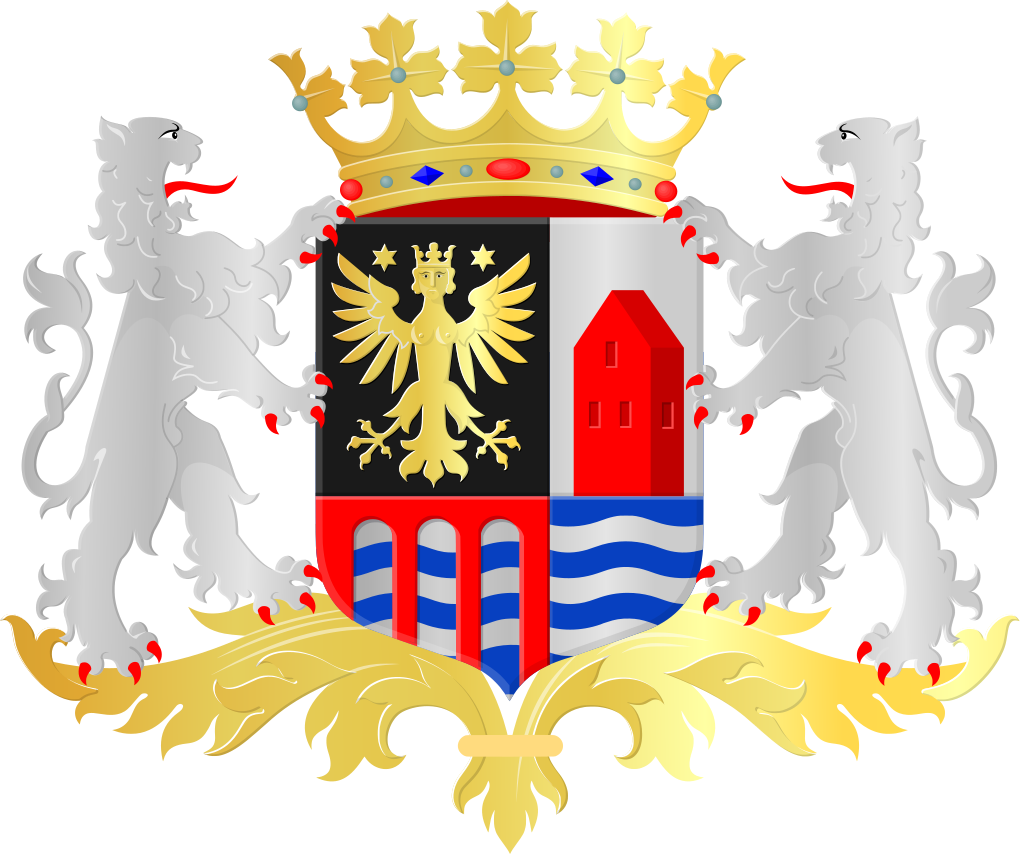
On January 12, 1960 Delfzijl obtained a new weapon, this time it was a weapon with a historical background. The symbols in the new coat of arms are all of historical importance. The gate belonged to the arms of the Generale Zijlvest der Drie Delfzijlen and the harpy is a symbol of East Friesland, Delfzijl fell from 1506 to 1518 under the county of Count Edzard Cirksena the Great of East Friesland. This also soon started in the city with the construction of a fortress. In 1518 Duke Karel van Gelre took over Delfzijl from Cirksena.
The Waterstraat in Delfzijl around 1900 with the Waterpoort in the background. Apart from the gate, almost all buildings have since been demolished to make way for new buildings.
The place Delfzijl is one of the places in the Netherlands that is most affected by population decline. The population reached a peak in 1981, after which a downward trend was set in motion.


